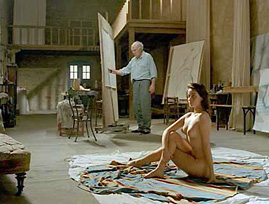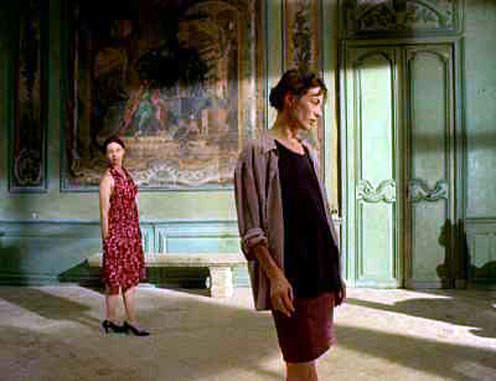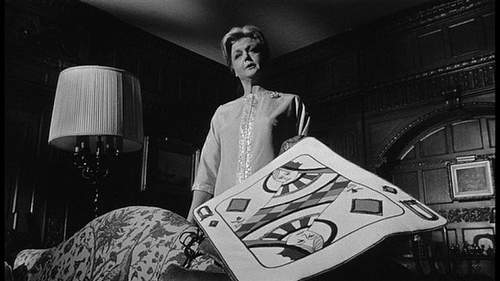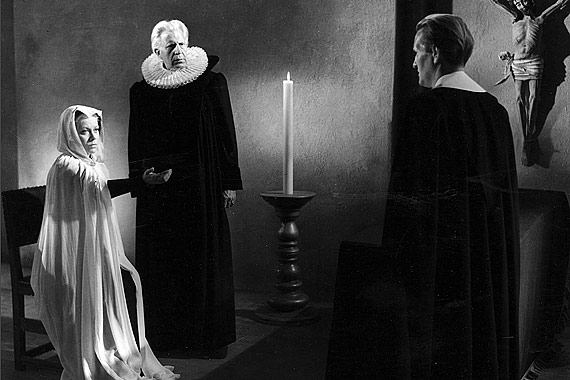From the January 31, 1992 Chicago Reader. — J.R.


LA BELLE NOISEUSE
**** (Masterpiece)
Directed by Jacques Rivette
Written by Pascal Bonitzer, Christine Laurent, and Rivette
With Michel Piccoli, Emmanuelle Beart, Jane Birkin, David Bursztein, Gilles Arbona, Marianne Denicourt, and the hand of Bernard Dufour.
Considering how rarely the achievements of art match up with the achievements of commerce, it’s a pleasure to note that Jacques Rivette’s greatest film since 1976 (the end of his most fertile and exciting period, which began in 1968) — winner of the grand prix at last year’s Cannes film festival — also turns out to be the first commercial hit of his career. A few wags have been quick to point out that this is because the beautiful lead actress, Emmanuelle Béart (best known in this country for her part as Manon in Claude Berri’s Manon of the Spring), is nude, posing as a painter’s model, for about half of the film. Maybe they’re partially right, but it also seems to me that, without compromising or diluting his artistry, Rivette has finally hit on a subject — the collective and individual struggles that produce art and the prices that have to be paid for that art — that speaks to a wide audience. Read more
From the Chicago Reader (March 11, 1988). —J.R.

THE MANCHURIAN CANDIDATE
**** (Masterpiece)
Directed by John Frankenheimer
Written by George Axelrod
With Frank Sinatra, Laurence Harvey, Janet Leigh, Angela Lansbury, James Gregory, Leslie Parrish, John McGiver, Khigh Dhiegh, and James Edwards.

The first and only time I’ve seen a good 35-millimeter print of Carl Dreyer’s 1944 masterpiece Day of Wrath was in Europe about a month ago. The film was being rereleased, along with Dreyer’s 1925 Master of the House and his 1955 Ordet, at several small theaters in Paris, and the difference in seeing it in optimal conditions was incalculable. The carnal impact of the film’s sound track, lighting, compositions, camera movements, and performances may be dimly evident in duped 16-millimeter prints and on video, but the overall effect is like that of viewing a great painting through several layers of gauze, or hearing a great symphony through earmuffs. By and large, this prophylactic experience is the only way our film heritage is preserved for most people in the U.S. — which is another way of saying that it isn’t really preserved at all.
Why are major rereleases of old movies in spanking new prints — apart from Disney cartoon features, and the five Hitchcocks that resurfaced a few years back — such a rare occurrence in this country, and so common in France? Read more




